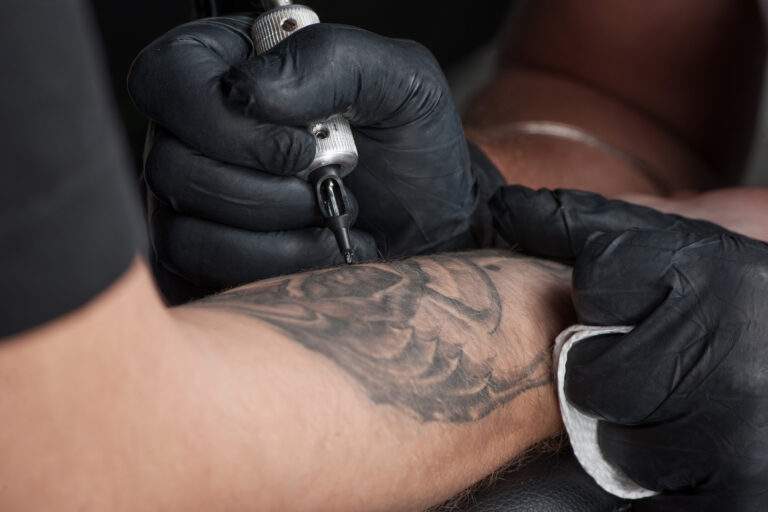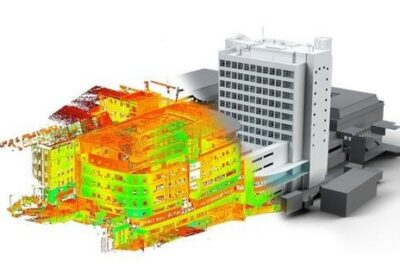
What Happens if You Get a Broken Neck? Your Essential Guide
Quick, think about the world’s most common medical disorders. You may think about the flu or COVID-19, as you should. But 2.7% of people experience neck pain.
For most people, neck pain is annoying, but it doesn’t impede their lives. However, a broken neck can induce significant pain and lead to major complications. Before you break your neck, you need to understand the facts about neck fractures.
What happens when you break your neck, and what causes a fracture? What symptoms can you expect? What are treatments for a broken neck like?
Answer these questions and you can avoid and deal with a broken neck the right way. Here is your quick guide.
The Basics of a Broken Neck
Your neck has seven bones in it, which make up your cervical vertebrae. These bones support the weight of your head and allow you to move your head without pain or discomfort.
When you sustain a neck fracture, you break at least one vertebra. A cervical fracture involves breaking the bone, while a compression fracture involves collapsing your bones. Pieces of your bone may touch your spinal cord, creating a spinal cord injury.
A hangman’s fracture is a rare kind of broken neck. It occurs when your head gets snapped backward and upward, extending your neck beyond its normal range. The vertebrae can get pulled out of place, resulting in a fracture if you move your neck again.
Causes
Vertebrae can survive significant blows and falls. You must sustain significant trauma to your neck, head, and/or back in order to get a neck fracture.
A fall from a height can fracture your vertebrae, especially if you land on your head. You can also sustain a fracture in a car accident, even at a low speed. Whipping back and forth will not induce a fracture, but slamming your head into your seat or the side of the car can.
The older a person is, the more likely they are to sustain a neck fracture. Bones weaken due to old age, and conditions like osteoporosis make people more vulnerable to broken bones. On rare occasions, turning the head can pull the neck out of place and lead to a fracture.
Symptoms
Some broken necks are apparent right away. Your neck may be misshapen, or a bone may poke through your skin. You may have significant pain that makes it hard to talk or breathe.
Your neck may be bruised, or you may be bleeding from an open wound. The muscles around the neck may start to swell as fluid builds up inside them.
But some fractures may not be obvious, at least not immediately. You may be able to walk and talk until your adrenaline wears down, at which point you experience pain.
Many people are unable to move after they break their necks. They may feel muscle weakness or numbness in the area around their injury or in their limbs. Paralysis of the arms or legs indicates a spinal cord injury, which requires immediate medical attention.
Emergency Treatments
Do not move your neck or head after you sustain any neck injury. Further movement can create a fracture or make a fracture worse. You also risk increasing your heart rate, which can pump blood out of an open wound faster.
Any neck fracture is a medical emergency, even if the spinal cord is not damaged. A fracture can impede breathing and result in permanent nerve and muscle damage. You should remain still and wait for medical professionals to arrive.
Emergency personnel will keep your neck still with a brace as they transport you to the hospital. Once you arrive, doctors will take images of your neck. They will assess what type of fracture you have and whether your spinal cord is damaged.
You should expect to stay in the hospital for a few days after a broken neck. Your doctors will monitor you for signs of infection. You may need surgery if you have an extensive fracture or multiple bones broken in your neck.
Ongoing Treatments
A neck fracture requires at least several weeks of treatment. A minor fracture requires keeping the neck still and monitoring the healing process of the bones. You may need to wear a cervical brace for two months or more.
A severe fracture may lead to surgery and several months in a rigid cast. You will need to take a few weeks off from work so you can rest.
Some people receive more complicated treatments such as anterior cervical discectomy and fusion. A surgeon will remove a spinal disc to take pressure off the spinal cord and allow for mobility. You should hire the best neck surgeon you know for this procedure, as an inexperienced doctor can botch the operation.
You may need physical therapy if you struggle with mobility after your fracture. You can learn how to walk with a walker, or you can figure out how to use a wheelchair.
The Essentials of a Broken Neck
A broken neck is no small matter. You can break your neck after any accident, including a low-speed car crash. Your vertebrae may crack or get compressed, which can damage your spinal cord.
You may feel immediate pain and loss of control over your limbs. Do not move until the paramedics arrive.
Regardless of what kind of injury you have, you need to spend a few weeks recovering and keeping your neck still. You may need surgery or physical therapy for your spinal cord.
Your health is under attack. Read more health guides by following our coverage.















